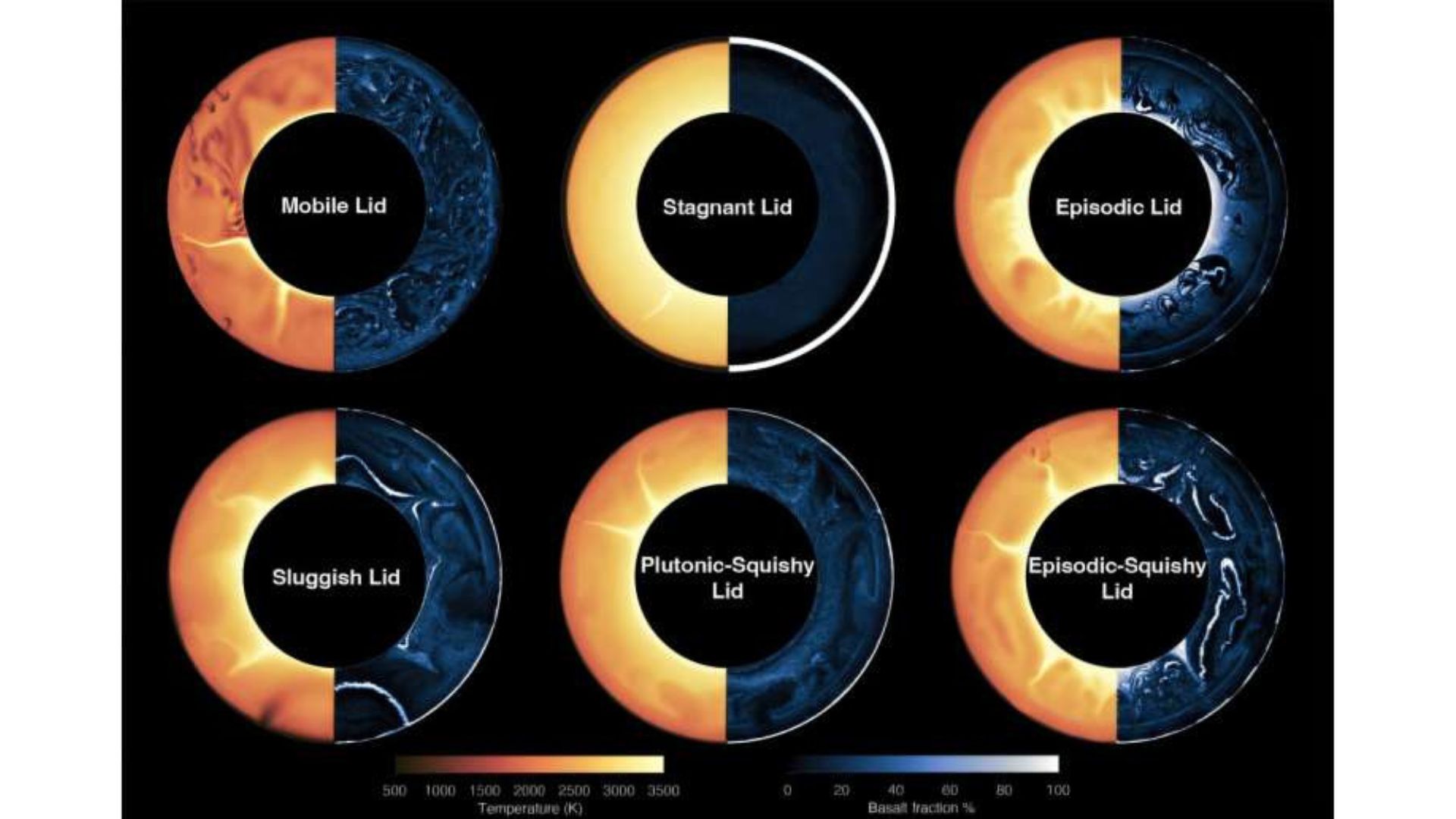No signs of alien life found near source of famous 'Wow!' signal

Researchers used a pair of telescopes to scan the zone where a purported alien broadcast originated 45 years ago.
While the investigation of the so-called Wow! signal came up empty this time, the research team said the collaboration shows promise in making other searches for intelligent alien life outside of Earth. This will even involve looking at data from the sky-mapping Gaia spacecraft to find more sun-like stars in the region of the signal, project collaborator Wael Farah told Space.com.
"This does not only include the Wow! signal uncertainty region ... but extends to areas on the sky where stellar densities are high, like the galactic center and galactic disc," Farah wrote in an email Monday (Nov. 7).
The targeted zone was around a sun-like star located 1,800 light-years away in the constellation Sagittarius, which was identified as a possible zone for the signal in research published in May. "This is the first time a targeted search for the Wow! signal has been conducted," Karen Perez, graduate student at Columbia University, said in a Sept. 29 release about the research, which Perez led. It was conducted by Breakthrough Listen, a program of the Search for Extraterrestrial Intelligence (SETI) Institute.
Related: Contact with ET: How would humanity react?
The Wow! Signal blasted from space via radio on Aug. 15, 1977, but despite its regular pattern during a brief span, no one has found any concrete evidence of a repeat signal in the 45 years since that eventful evening. (The name comes from the word "Wow!" that a researcher scrawled on a printout showing the signal.)
Perez noted the search spurred the first-ever collaboration between two telescopes funded by SETI: the Green Bank Telescope and the Allen Telescope Array. The telescopes made their observations on the same day, on May 21, with Green Bank conducting two 30-minute observations and ATA making six five-minute observations. Their observations also overlapped for almost 10 minutes, SETI said in the statement.
Breaking space news, the latest updates on rocket launches, skywatching events and more!
Farah, a postdoctoral researcher working at ATA, said the telescope's large field of view and other capabilities (like placing more search beams in the sky) will allow "many more sources [to] be identified and studied simultaneously with the instrument." In other words, more candidate stars where the signal originated might pop up in future searches of the region.
A paper based on the research was published in Research Notes of the American Astronomical Society. Open data about the search is available at this SETI site.
Elizabeth Howell is the co-author of "Why Am I Taller?" (ECW Press, 2022; with Canadian astronaut Dave Williams), a book about space medicine. Follow her on Twitter @howellspace. Follow us on Twitter @Spacedotcom or Facebook.

Elizabeth Howell (she/her), Ph.D., was a staff writer in the spaceflight channel between 2022 and 2024 specializing in Canadian space news. She was contributing writer for Space.com for 10 years from 2012 to 2024. Elizabeth's reporting includes multiple exclusives with the White House, leading world coverage about a lost-and-found space tomato on the International Space Station, witnessing five human spaceflight launches on two continents, flying parabolic, working inside a spacesuit, and participating in a simulated Mars mission. Her latest book, "Why Am I Taller?" (ECW Press, 2022) is co-written with astronaut Dave Williams.
